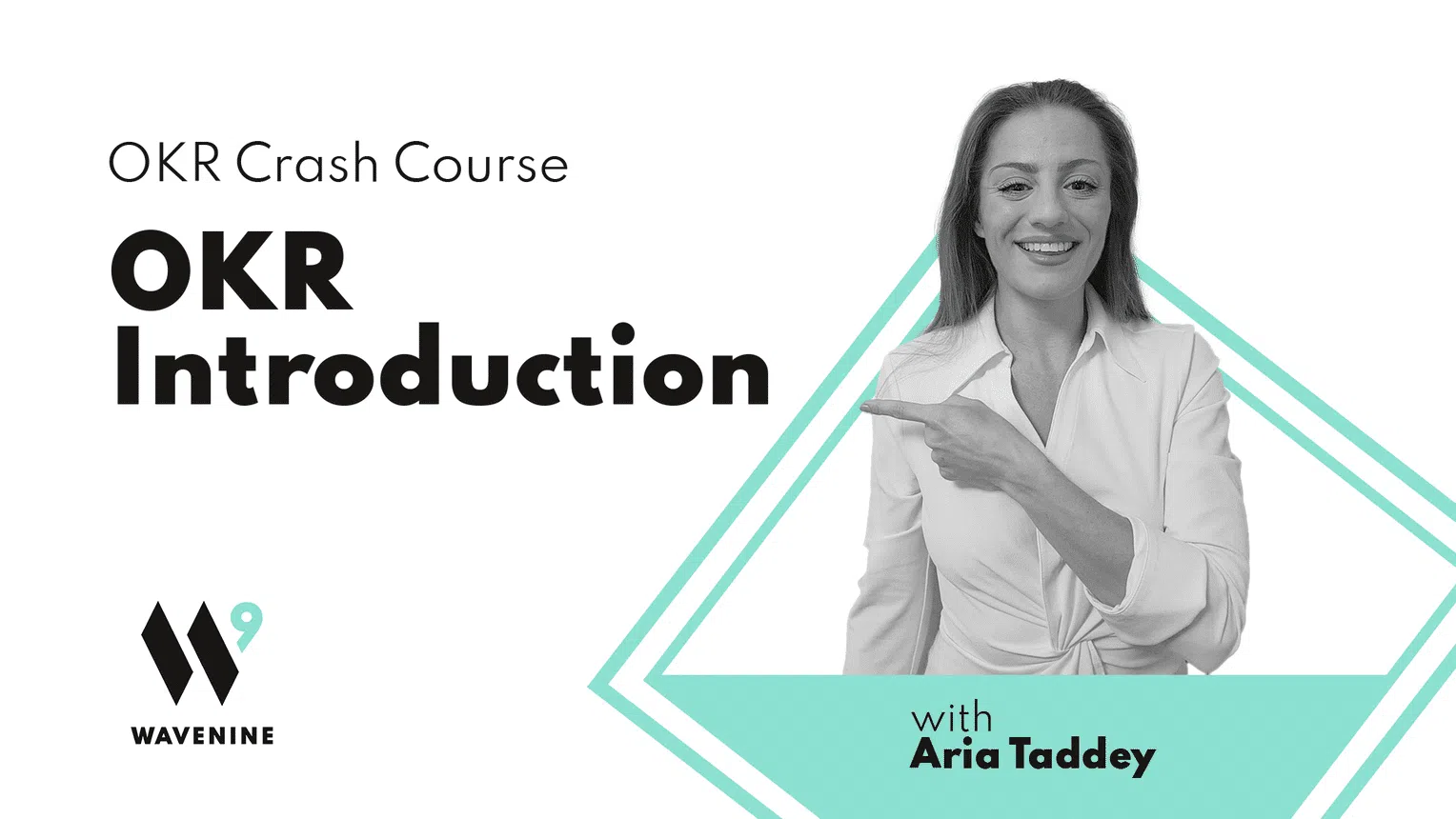Why Aligning on Outcomes Alone Isn’t Enough for Your OKRs
Learn why aligning only on outcomes falls short for OKRs and how integrating simple, actionable plans with clear tasks and ownership drives real success.

When organizations set key results, the enthusiasm is amazing.
Everyone feels great about the clear, measurable outcomes they’ve established.
Life is good.
This is precisely what we advocate: defining key results that drive success.
However, there’s a common pitfall – you can’t directly influence outcomes.
Many organizations make the mistake of only aligning on outcomes.
It’s crucial to align on the tasks, projects, and initiatives that drive those outcomes with the same rigor used to set the outcomes themselves.
The Pitfall of Outcome-Only Alignment
Aligning solely on outcomes is akin to wishful thinking.
Imagine setting a goal to “increase this number from 1 to 4.”
That’s fantastic, but how will you achieve it?
This is where the importance of outputs, deliverables, and the work involved comes into play.
You need an actionable plan.
Consider this scenario: a company sets a goal to double its revenue within the next year.
While this is a commendable outcome, simply stating this doesn’t provide a roadmap to reach it.
Without a clear plan, the goal remains a lofty aspiration rather than a tangible target.
This is a classic challenge we help organizations navigate through with our OKR consulting.
To move from aspiration to achievement, it’s crucial to break down the outcomes into manageable components.
This involves identifying specific outputs and deliverables that will contribute to the desired outcome.
The Simplicity of Effective Action Plans
Clients often ask, “How do we create effective action plans?
Do you have a formula or a template?”
The answer is yes, we do.
We provide templates, but ultimately, effective action planning boils down to simplicity.
- Start by identifying 3-5 tasks.
- Assign owners for those tasks.
- Set some deadlines.
This straightforward approach is usually all you need to get started.
In our OKR training, we emphasize that output does not equal outcome.
The tasks we do are not the value we create.

Once the initial tasks are defined, the subsequent steps typically become apparent.
There’s no need to plan out 15, 20, or more tasks in advance.
In our experience, the most effective action plans are those that can be created in ten minutes.
When considering objectives, key results, and actions, it’s essential to differentiate between key results (the outcomes or value) and actions (how we create that value).
Aligning only on actions can lead to hollow efforts with no real value.
Both elements are necessary for success.
Integrating Action Plans in OKR Workshops
This is why we dedicate the last 15 minutes of our OKR workshops to discuss action plans and next steps.
In our experience, setting ambitious OKRs is only half the battle.
The real challenge lies in translating these OKRs into actionable steps that teams can execute effectively.
Without a clear action plan, even the most well-defined goals can fall by the wayside.
During the final 15 minutes of our workshops, we shift our focus from goal setting to execution.
This dedicated time allows us to ensure that every participant leaves with a plan for moving forward, or at the very least, a clear idea of what that action plan looks like.
You need both outcomes and action plans
In summary, aligning outcomes with actions is critical for effective OKR implementation.
Most organizations already have ongoing tasks and initiatives, and it’s unrealistic to discard them when introducing OKRs.
However, it’s vital to ensure that key results are not created merely to justify existing tasks.
By creating simple, actionable plans and understanding the distinction between key results and actions, organizations can move beyond wishful thinking and achieve real, measurable success.
Other Articles
Get the inside scoop on OKRs
Sign up to our newsletter to get OKR tips, tricks, and insights delivered directly to your inbox!




